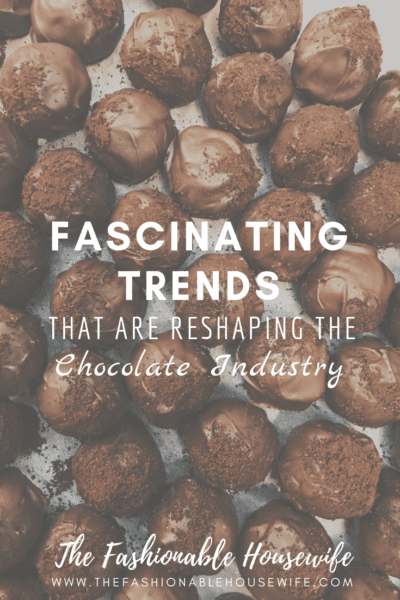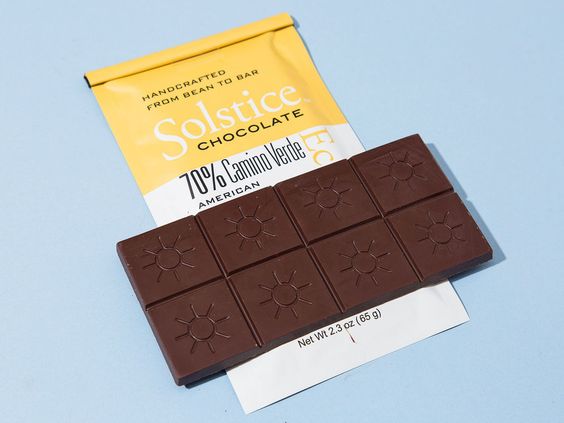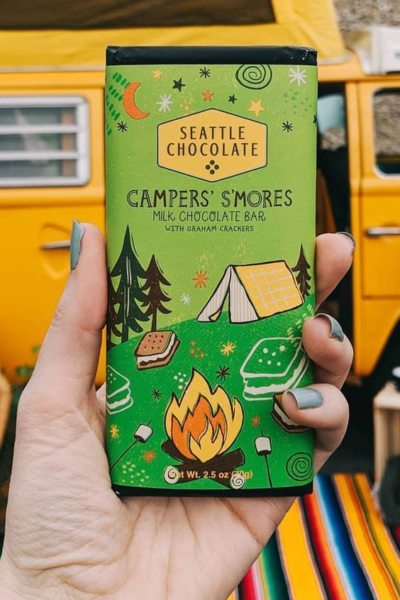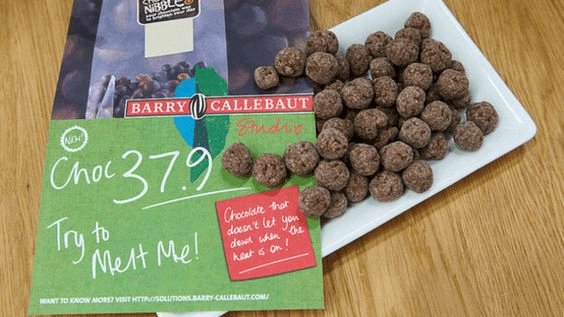
In the age of social media where feasting your eyes is as important as satisfying your cravings, chefs are pulling all stops to make the best chocolate treats.
Globally, chocolate and cocoa, are in a moment of change and dynamism. These changes are for better as cocoa producers, chocolate makers, retailers, and even researchers have discovered creative new ways to interact with chocolate. They have traveled the world, experienced, got inspired and decided to freshen up chocolate brands with new packaging, more favors, different origins, and additional products.
And when you have many chocolate makers under the same roof, it’s easy to spot new chocolate trends in the chocolate industry, like chocolate covered coffee.
That being said, let’s check out 3 fascinating trends that are reshaping the chocolate industry.
Rise of craft chocolate
Craft chocolate is on the way up — not even close to plateauing.
Half a decade ago, almost everyone in the industry described craft chocolate as a small but growing segment of the market. Often referred to as “bean to bar chocolate”, craft chocolate makers were slowly and steadily changing the way people consumed chocolate.
For most of the 20th century, brands like Mars, Hershey and Nestle dominated the market; which began to change in 1996, when John Scharffenberger and Robert Steinberg became the first bean-to-bar makers in decades.
To see how things have changed, you can look at the 10th Anniversary of Northwest Chocolate Festival held in Seattle last year. The festival managed to bring inside its doors more than 15,000 attendees – ready to indulge with their wallets and pallets in the highest quality chocolate in the world.
‘Craft chocolate explodes, and its explosion has meant a true renaissance.’ The makers have taken an artisanal approach, getting to know their material better – sugar, cocoa, dark milk, wrapping them in edible gold sheets – gold wrapped chocolate, and shaping them carefully from bean to finished product.
The results are deliciously crafted bars that showcase cocoa’s natural flavor range.
Did you know, chocolates can serve as edible gold gifts? This is one thing that has really shook up the chocolate industry recently!

Image Source: Pinterest
Labels and Stories
With this artisanal market shift, there is rising consumer demand for education about chocolate – its history and evolution.
Consumers want more than just a bar of chocolate – they want to hear the maker’s story – from who grew the beans to the flavor profile of the finished product.
But with this surge in the chocolate industry comes with confusion marketing. There are a dozen of new and attractive stretching down the aisle, bearing the confusing array of labels: Bean to bar, handmade, raw, craft and artisan – to name a few.
But it all comes down to just one thing – Is there any real difference among these claims or are they all simply marketing hype?
Predominantly, labels do one of the two things – either they say something about the maker’s ethics or the process.
After Scharffen Berger started marketing his chocolate as artisanal, the term artisan grew at an astonishing rate. The storytelling intended to educate consumers about what makes this chocolate different than the rest.
For consumers being able to relate a story with their chocolate, the labels provide information about people who bring them chocolate.

Image Source: Pinterest
Melting in Our Mouths
According to a study, chocolate is enjoyable and compelling to human palate because cocoa butter melts in our mouth producing as big an increase in brain activity as a passionate kiss – with the effects of chocolate lasting longer. The melting of cocoa butter gives it a distinctive mouth-feel, covering our taste buds evenly and thickly.
This has become a major headache for chocolate makers and retailers because it means their wares are susceptible to melting into mush during the summer and in hotter regions. And so the industry has been facing a challenge of producing chocolate that doesn’t collapse in the heat.
The effort started back in 1937 when Hershey developed a heat-resistance bar for the U.S. Army. More recently, in 2015, researchers announced their discovery of the gene that determines the melting point of cocoa butter.
Today, Barry Callebaut, one of the world’s largest cocoa producers and grinders, reportedly makes a bar that remains stable at up to 100 degrees Fahrenheit. Even brands like Hershey, Mondelez, and Nestle have been running heat resistant projects (for some time now) and are creating chocolates that conquer the melt problem while maintaining the mouth-feel.

Image Source: Pinterest
Craft chocolate might be a small market segment, but it is constantly launching new trends for the entire chocolate industry. From new origins to fancy inclusions, there is only one conclusion: 2019 has been an exciting year so far! And one certainty: 2020 will be an exhilarating one for chocolate too!



